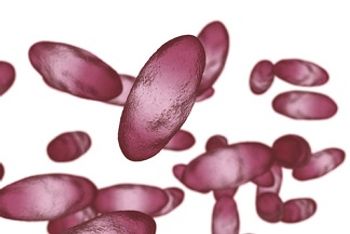
Health officials in China have confirmed a case of bubonic plague in a herdsman from the Inner Mongolia district, triggering increased prevention measures throughout the region.

Health officials in China have confirmed a case of bubonic plague in a herdsman from the Inner Mongolia district, triggering increased prevention measures throughout the region.
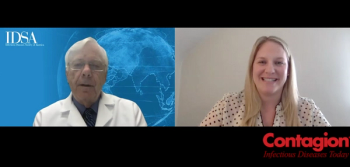
Thomas File, Jr. MD, MSc, FIDSA, president of the Infectious Diseases Society of America, weighs in on COVID vaccine development, fears of a second wave, and treatment candidates.

Steven Woloshin, MD, MS, discusses a recently authored article in the New England Journal of Medicine describing the challenges and implications of false negative tests for SARS-CoV-2 infection.
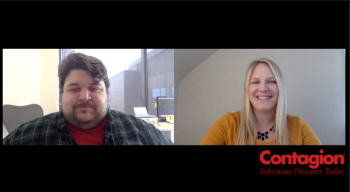
Matthew F. Pullen, MD, co-author of the recent hydroxychloroquine prophylaxis trial, shares the top clinical takeaways.
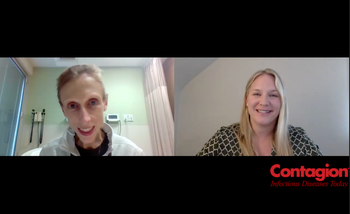
Sarah Jorgensen, PharmD, MPH, BCPS, BCIDP, AAHIVP, provides a deep dive on the pharmacology and biochemistry of remdesivir.
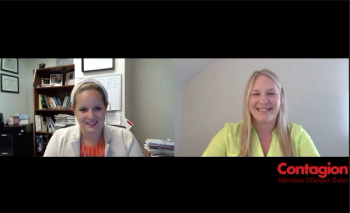
Kelly Cawcutt, MD, MS, shares her thoughts on COVID's impact on health care, as well as why it's so important for clinicians to take breaks.

Helen W. Boucher, MD, FACP, FIDSA, discusses the need for a transparent distribution process for remdesivir, plus COVID disparities, secondary infections, and what “the new normal” of health care looks like.
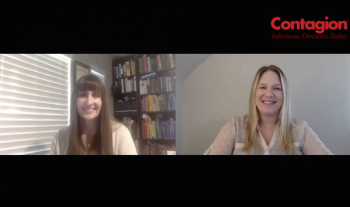
Saskia v. Popescu, PhD, MPH, MA, CIC, discusses vaccine development, fighting COVID misinformation, and lessons learned from the pandemic.
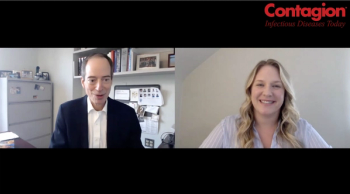
Paul Sax, MD, discusses remdesivir, scientific literature in the age of COVID-19, and the pandemic's long-lasting effects on the future of health care.

The data were released as part of the now-cancelled European Congress of Clinical Microbiology and Infectious Diseases.

Michael B. Edmond, MD, MPH, MPA, MBA, explains his hypothesis that universally adopting face shields could help cut the transmissibility of COVID-19.

It is still not clear whether detection of COVID-19 antibodies translates to long-term immunity to the virus.

Saskia v. Popescu, PhD, MPH, MA, CIC, a senior infection prevention epidemiologist in Phoenix, Arizona, discusses what it’s like for these frontline fighters and what we can do to “flatten the curve.”
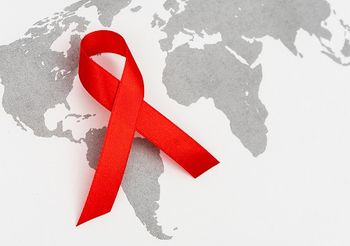
Higher HIV incidence is associated with higher viral burden, according to results from the PopART trial presented at CROI 2020.
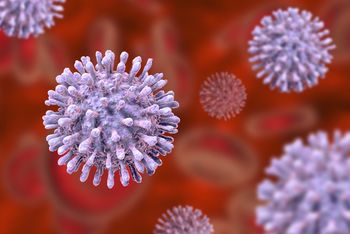
A poster on antiviral PEP safety and tolerability was presented at CROI 2020.

A new study examining the reasons for suboptimal PrEP use among MSM was presented at CROI 2020.
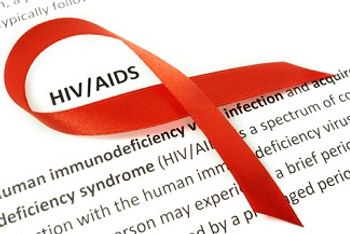
Unaddressed mental health challenges among youth living with HIV complicate antiretroviral therapy (ART) adherence, leading to high mortality and lower rates of viral suppression among this population.
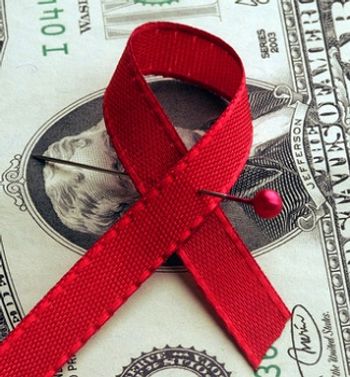
The rate of viral suppression among US youth aged 13 to 24 with HIV (YWH) hovers between 12 and 26%, representing an important clinical and public health challenge.
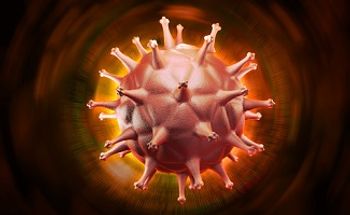
The time is now to put in place comprehensive action plans now to monitor, detect, and respond to treatment failure on dolutegravir.
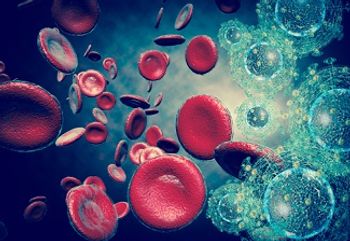
Reducing barriers to care is paramount for people living with HIV and one such barrier in some countries, such as Zimbabwe, is high treatment loads that affect health system efficiency.

Women living with HIV who are on an antiretroviral therapy regimen of dolutegravir experienced persistently higher weight postpartum compared with women on efavirenz in Botswana.
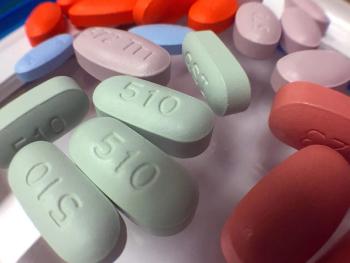
For African men living with HIV who are not virally suppressed, community-based antiretroviral therapy (ART) significantly increased viral suppression compared with clinic-based ART.
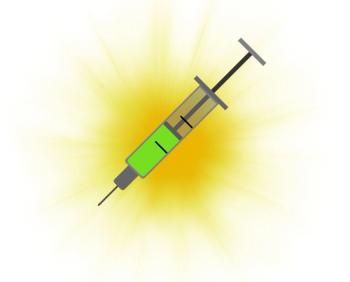
An international team of investigators shares 48-week results from ATLAS-2M, which tested out every other month dosing of the intramuscular injection compared with monthly dosing.
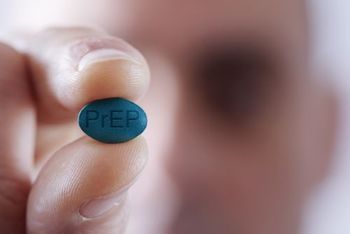
A generic pre-exposure prophylaxis (PrEP) option would greatly expand coverage among vulnerable populations and may well be the most cost-effective and safe option.
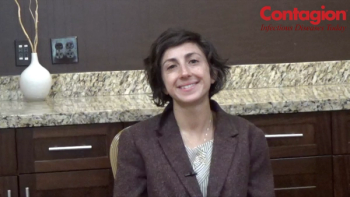
Heather Alt, BSN, RN, ACRN, CPH, discusses research on a nurse-led model for same-day initiation of antiretroviral therapy for people newly diagnosed with HIV.
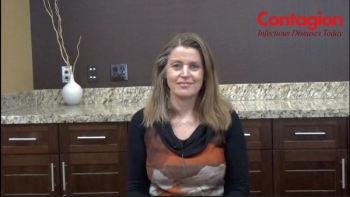
Shannon Weber, MSW, delivered the opening keynote at ANAC 2019 on the importance of empathy when working with people living with HIV.

There is a vast unmet need for non-pharmacological treatment strategies to protect and improve cognitive function in the approximately 50% of adults living with HIV who experience HIV-associated neurocognitive disorder.
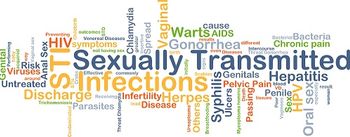
The number of STI screenings increased exponentially from 369 rectal and pharyngeal swabs performed in 2015 prior to policy implementation to 865 swabs in 2016, 1474 swabs in 2017, and 1889 swabs in 2018.

Among participants in the study arm, the app resulted in significant changes, particularly in fatigue intensity and overall fatigue-related functioning

Nurses stationed in public sexual health services and specialist HIV general physician practice study sites were integral in facilitating rapid PrEP uptake.

Published: December 4th 2018 | Updated:

Published: December 4th 2018 | Updated:

Published: December 5th 2018 | Updated:
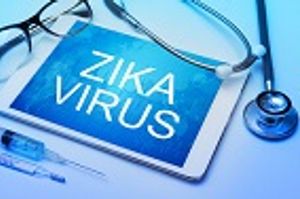
Published: December 6th 2018 | Updated:
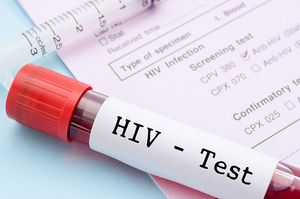
Published: December 6th 2018 | Updated:

Published: December 10th 2018 | Updated: